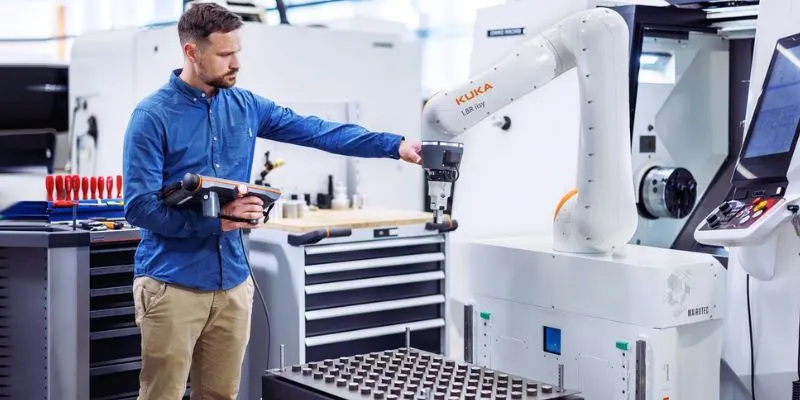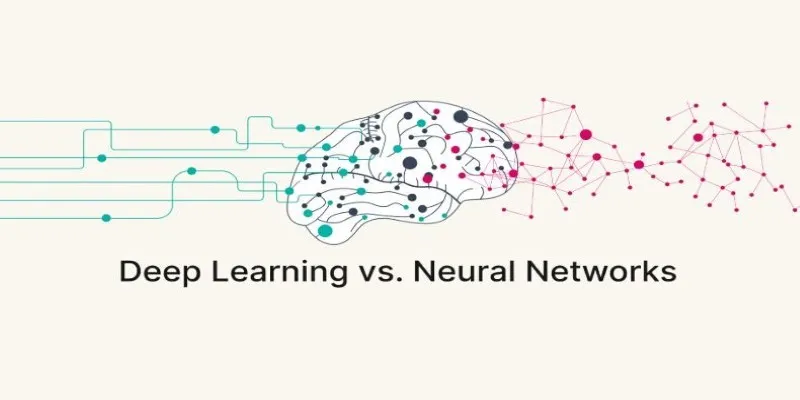Cerebras’ artificial intelligence supercomputer is revolutionizing the use of deep learning tools in research by addressing emerging performance challenges head-on. It delivers faster AI technology capable of efficiently processing massive datasets. As traditional servers struggle to meet the growing demands for speed and computational power in AI workloads, Cerebras employs a wafer-scale engine and system-wide optimizations to take a fundamentally different approach. This architecture enhances training for complex models while significantly reducing latency.
Cerebras focuses on solving real-world challenges across diverse fields like language modeling and medical research, delivering rapid results. Few devices seamlessly combine ease of use, energy efficiency, and high performance. Today, many in the AI community regard it as a new gold standard. Its advanced architecture and robust software distinguish it from conventional high-performance computing systems.

Wafer-Scale Engine Powers AI Acceleration
Leading the AI hardware market, Cerebras employs a wafer-scale engine that replaces many small chips with a single, large silicon wafer. This design increases bandwidth and reduces latency, unlike most AI systems that rely on multiple interconnected GPUs, resulting in power inefficiencies and communication delays. With over 850,000 processing cores on one die, Cerebras’ design runs extremely large models seamlessly, allowing AI developers to build neural networks beyond the limits of traditional GPUs. This architecture eliminates common performance bottlenecks, saving valuable time.
Data moves within the system without bouncing across external networks, ensuring efficient throughput. Fewer components result in fewer points of failure, keeping the hardware cooler and more energy-efficient. This allows AI teams to complete complex tasks faster and with fewer machines. The wafer-scale design also greatly simplifies scaling as models grow in size, maintaining hardware simplicity even as workloads become more demanding. The wafer-scale engine is the most defining feature of Cerebras’ AI supercomputer.
Unique Memory Architecture for Large Model Training
Cerebras utilizes an innovative memory architecture tailored for large AI models. Traditional systems distribute memory across multiple servers and GPUs, often leading to inefficiencies. Cerebras locates memory physically closer to the compute cores, enabling faster data access and reducing latency. Additionally, memory is shared through a unified pool, eliminating complex data transfers. This configuration eliminates the need for data copying between departments, delighting artificial intelligence researchers working on projects like GPT or BERT models.
The software layer automatically manages memory allocation, reducing the need for manual configuration. Researchers can focus more on research rather than machine tuning. This arrangement simplifies and accelerates deep learning tasks, maintaining constant performance even as tasks grow more complex. The memory architecture does not restrict model size, greatly benefiting systems based on GPUs. It’s another element unique to Cerebras.
Energy Efficiency and Reduced Power Consumption
Power consumption poses significant challenges to supercomputing. Traditional systems require large amounts of power for data flow and cooling. Cerebras addresses this with a low-energy consumption architecture, substituting several linked chips with fewer wires, fans, and network switches. This design minimizes energy consumption during data shifts, keeping power usage low even under the highest training loads.
Cerebras delivers high performance without incurring significant energy costs, aligning with sustainability goals and green computing initiatives. Many hospitals and research labs demand low emissions, and Cerebras enables them to execute significant AI projects while maintaining low emissions. The chip’s design allows for better ventilation and temperature control, without needing extra cooling arrangements. Cerebras produces more than several GPU clusters for every watt used, making it ideal for long-term AI installations. Efficiency sets Cerebras’ AI system apart from its competitors.

Simplified Software for Model Deployment
Cerebras’ software tools stand out for their usability and performance. Programming and maintaining AI systems is often complex, but Cerebras simplifies these tasks with its CS Software toolset. It enables users to migrate their models from TensorFlow and PyTorch without needing new coding structures. The software adapts to your workflow, allowing model application with fewer steps.
The CS Software also enables faster and simpler debugging. It manages low-level operations like load balancing and memory mapping, reducing human error and saving development time. Users can optimize performance without deep hardware expertise. Researchers need not worry about technical tuning; the tools facilitate a variety of AI applications. CS Software offers a plug-and-play solution for many teams. Cerebras leads the group because of its ease of deployment.
Real-World Impact Across Key Industries
Cerebras is actively used in real-world projects beyond theoretical research. In the medical field, it helps develop disease models, accelerating the analysis of cancer and genetics for better patient treatment. In national labs, it manages large simulations covering physics, global warming, and weapon safety. It also aids in financial trend analysis, guiding behavior, and enabling companies to run models quicker for better decision-making.
Natural language processing relies on training language models with billions of parameters, advancing sentiment analysis, text summarization, and machine translation applications. Cerebras supports researchers in space science and astrophysics, with organizations like NASA processing mission data using it. Its simplicity, speed, and scope make it a preferred choice for industry leaders. Every day, it proves itself in mission-critical roles, revealing system performance through practical value across various fields.
Conclusion
Cerebras’ AI supercomputer excels in chip architecture, model training, and software performance. Combining fast memory access, wafer-scale architecture, and energy-efficient design, it accelerates deployment with user-friendly software tools, proving its value through consistent performance across multiple sectors. Enhanced cloud access and future upgrades will further expand its capabilities. Cerebras is shaping the future of deep learning by efficiently addressing real-world challenges, continually raising the bar in the competitive AI market.
For more insights into high-performance computing systems, explore our technologies category.
 zfn9
zfn9























